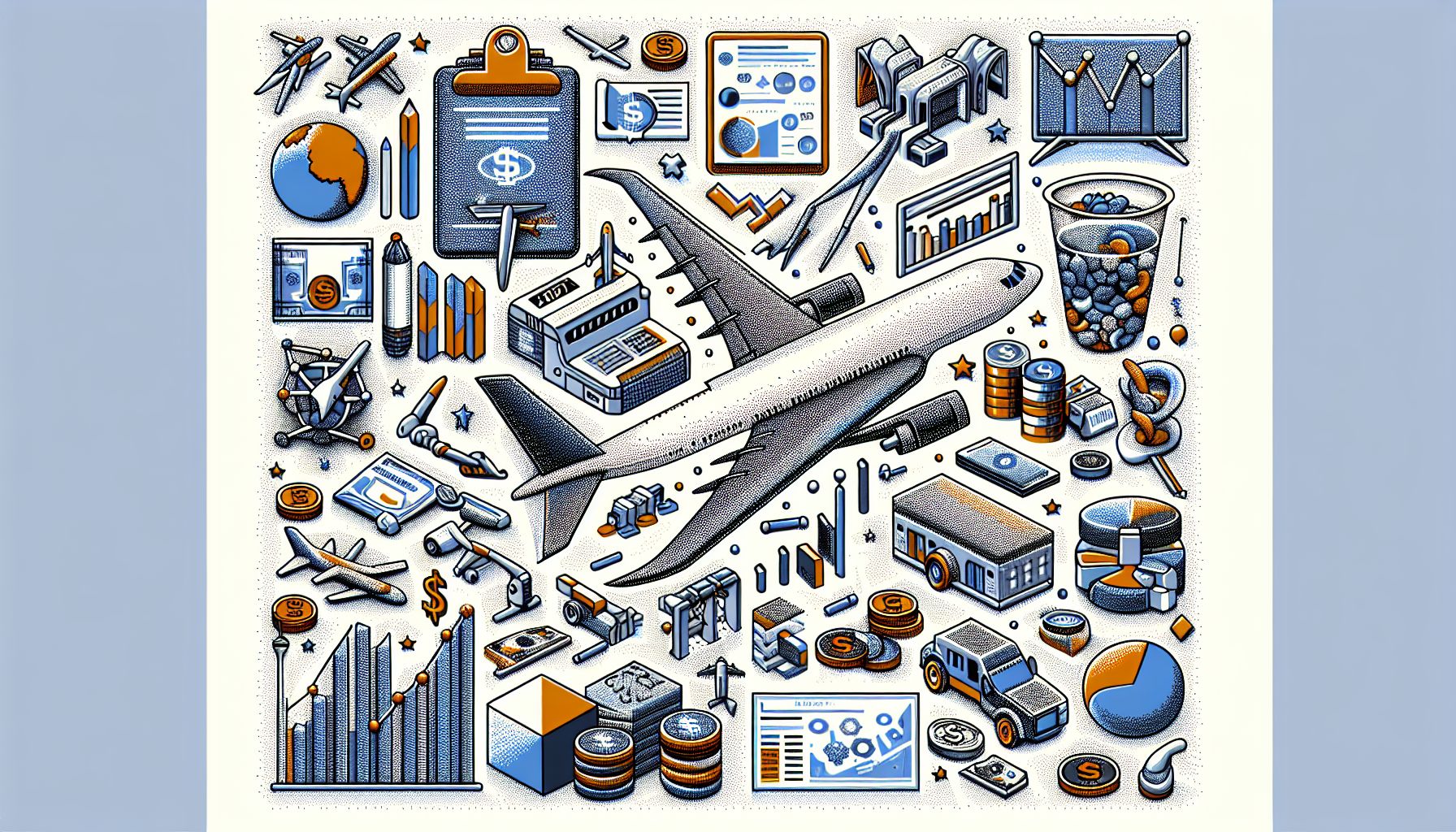Aerospace 3D Printing Market Set for $8 Billion Surge by 2030

Berlin, Friday, 15 November 2024.
The global aerospace 3D printing market is poised for remarkable growth, projected to reach $17.2 billion by 2030. This surge is driven by the industry’s push for lightweight components and waste reduction, revolutionizing aircraft and spacecraft manufacturing with innovative materials and processes.
The Growth Trajectory
The aerospace 3D printing market, valued at $9.2 billion in 2023, is expected to grow at a compound annual growth rate (CAGR) of 9.3%, reaching $17.2 billion by 2030. This growth is attributed to technological advancements and the increasing demand for lightweight and fuel-efficient aircraft[1].
Key Drivers and Technological Innovations
The market’s expansion is largely driven by innovations in metal 3D printing technologies such as electron beam melting and laser sintering. These processes allow the production of complex and lightweight parts from advanced alloys like titanium and Inconel, meeting stringent aerospace demands[1]. The reduction in manufacturing costs through decreased material waste and the elimination of expensive tooling is crucial for applications in space exploration[1].
Impact on the Aerospace Sector
Aerospace manufacturers are increasingly adopting 3D printing to meet sustainability goals and regulatory requirements for eco-friendly aircraft. The technology’s ability to produce intricate, lightweight structures without compromising strength is transforming how parts are designed and manufactured[1]. Companies like Airbus, Boeing, and 3D Systems Corporation are at the forefront of this technological shift[1].
Regional and Segmental Insights
Regionally, the U.S. market was valued at $2.5 billion in 2023, while China’s market is projected to grow at an 8.1% CAGR to reach $2.5 billion by 2030[1]. The Aerospace 3D Printers segment is anticipated to reach $12.8 billion by 2030, reflecting a 9.1% CAGR, with the Materials segment expected to grow at a 10.0% CAGR[1].
Future Prospects
As the aerospace industry continues to prioritize efficiency and sustainability, 3D printing will play an increasingly critical role. The ongoing evolution of regulatory processes to accommodate 3D-printed parts further supports market growth[1]. The emphasis on customization and on-demand manufacturing strengthens the business case for adopting additive manufacturing technologies in aerospace[1].